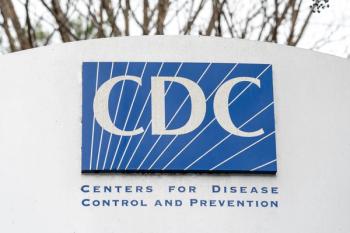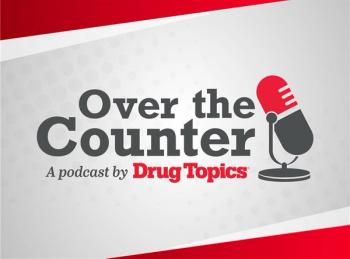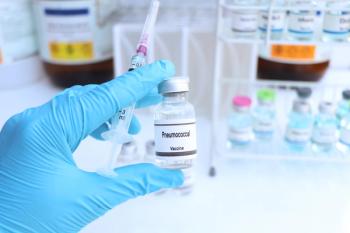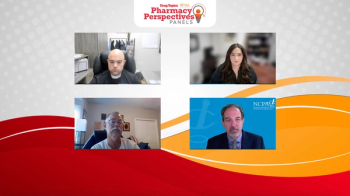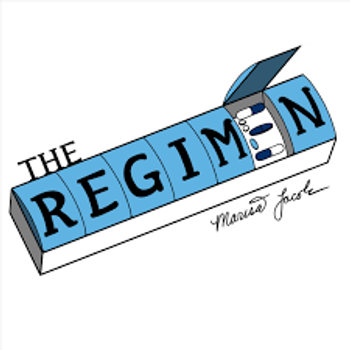
Executive Order to Limit PBM Control, Lower Drug Costs
The 14-section order focuses on a variety of policy changes intended to make patients’ out-of-pocket costs for prescription medications more affordable in the US.
The Trump Administration signed an executive order designed to lower prescription drug costs in the US, according to the White House.1 With provisions limiting pharmacy benefit manager (PBM) control and encouraging competition and innovation, the order is intended to benefit patients the most.
“My first term included numerous significant actions, including some of the most aggressive in recent history, to deliver lower prescription drug prices to American patients,” wrote President Trump on behalf of the White House. “The message was clear: no longer would the executive branch sit idly by as pharmaceutical manufacturers charged patients in our nation more than those in other countries for the exact same prescription drugs, often made in the exact same places.”
From improving high-cost drug pricing for seniors to reevaluating the Inflation Reduction Act (IRA), the executive order includes 14 actionable provisions designed to gradually enact changes in the prescription drug market and reverse the increase of drug costs in recent US history. In 2022, researchers identified list price increases for over 4250 drugs, with 46% of those increases exceeding the rate of inflation, according to a report from the Office of the Assistant Secretary for Planning and Evaluation.2
“The average drug price increase over the course of the period was 15.2%, which translates to $590 per drug product,” wrote the authors of the report.
READ MORE:
While attention on these rising drug costs is notable, so is the attention given to PBMs, as many experts, researchers, and pharmacy industry professionals believe PBMs are the root cause of high-cost prescription drugs. Another player in the pharmaceutical supply chain, the Federal Trade Commission (FTC), provided one of the more notable examples that highlights PBM control in the marketplace.
In its interim report released in the summer of 2024, the FTC found that 6 of the largest PBMs in the US are responsible for filling 95% of all prescriptions.3 Upon its discovery of a vertically integrated and concentrated market, the FTC further uncovered the monopolized control of the largest PBMs like CVS Caremark, Express Scripts, and OptumRx.
“While the devil will be in the details and in the implementation, we are optimistic that the administration is making moves to address PBMs,” said the National Community Pharmacists Association (NCPA) in response to the executive order.4 “President Trump has talked several times about the need to rein them in, and we’re pleased he’s looking to do so.”
Despite the order focusing on multiple areas of the pharmaceutical supply chain, its 2 specific provisions regarding PBMs—or prescription drug middlemen, as the order refers to them—are major wins for PBM reform advocates and patients calling for lower drug costs.
First, section 8 of the report, titled “Reevaluating the Role of Middlemen,” calls on multiple government entities to collaborate and “provide recommendations to the President on how best to promote a more competitive, efficient, transparent, and resilient pharmaceutical value chain that delivers lower drug prices for Americans.”1
With one PBM-related provision focusing on necessary competition and pharmaceutical value within the marketplace, the other is designed to bring back transparency regarding fee disclosures among PBMs, insurance plan sponsors, drug manufacturers, and pharmacies.
“Within 180 days of the date of this order, the Secretary of Labor shall propose regulations pursuant to section 408(b)(2)(B) of the Employee Retirement Income Security Act of 1974 to improve employer health plan fiduciary transparency into the direct and indirect compensation received by PBMs,” continued President Trump.1
For patients paying consistently high costs for their drugs, especially seniors and the country’s aging population, the new order is a step forward in the direction of improved patient outcomes at an affordable and accessible price. Although the Trump Administration hopes that patients can reap the benefits of this recent action, community pharmacies and their advocates believe this legislative movement is necessary and should not slow down.
“Independent community pharmacies are competing against a deck that is stacked against them by PBMs who want to stomp out their competition through anticompetitive tactics like paying the pharmacy below its cost to buy drugs and overzealous audits,” concluded the NCPA’s statement.4 “Ultimately these henchmen for Big Insurance increase prescription costs and reduce access for consumers. For these pharmacies and the millions of patients who rely on them, the quicker PBMs can be brought to heel, the better, whether through executive orders, regulation, PBM reform legislation, or a combination of actions.”
READ MORE:
Pharmacy practice is always changing. Stay ahead of the curve: Sign up for our
References
1. Lowering drug prices by once again putting Americans first. The White House. April 15, 2025. Accessed April 17, 2025. https://www.whitehouse.gov/presidential-actions/2025/04/lowering-drug-prices-by-once-again-putting-americans-first/
2. Bosworth A, Sheingold S, Finegold K, et al. Changes in the list prices of prescription drugs, 2017-2023. Assistant Secretary for Planning and Evaluation. October 6, 2023. Accessed April 17, 2025. https://aspe.hhs.gov/reports/changes-list-prices-prescription-drugs
3. FTC releases interim staff report on prescription drug middlemen. Federal Trade Commission. July 8, 2024. Accessed April 17, 2025. https://www.ftc.gov/news-events/news/press-releases/2024/07/ftc-releases-interim-staff-report-prescription-drug-middlemen
4. NCPA statement on drug pricing executive order. News Release. NCPA. April 16, 2025. Accessed April 17, 2025. https://ncpa.org/newsroom/news-releases/2025/04/16/ncpa-statement-drug-pricing-executive-order
Newsletter
Pharmacy practice is always changing. Stay ahead of the curve with the Drug Topics newsletter and get the latest drug information, industry trends, and patient care tips.

